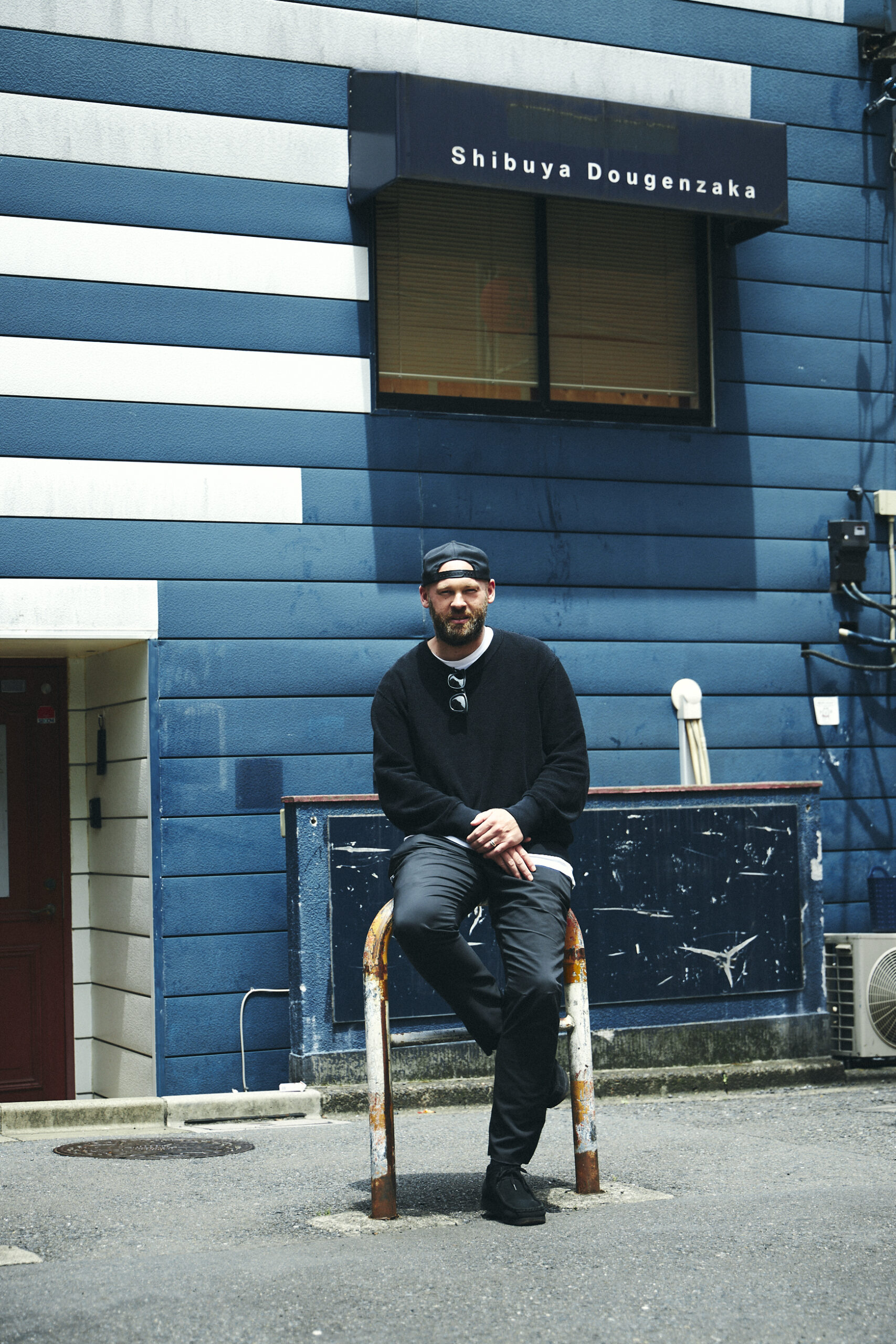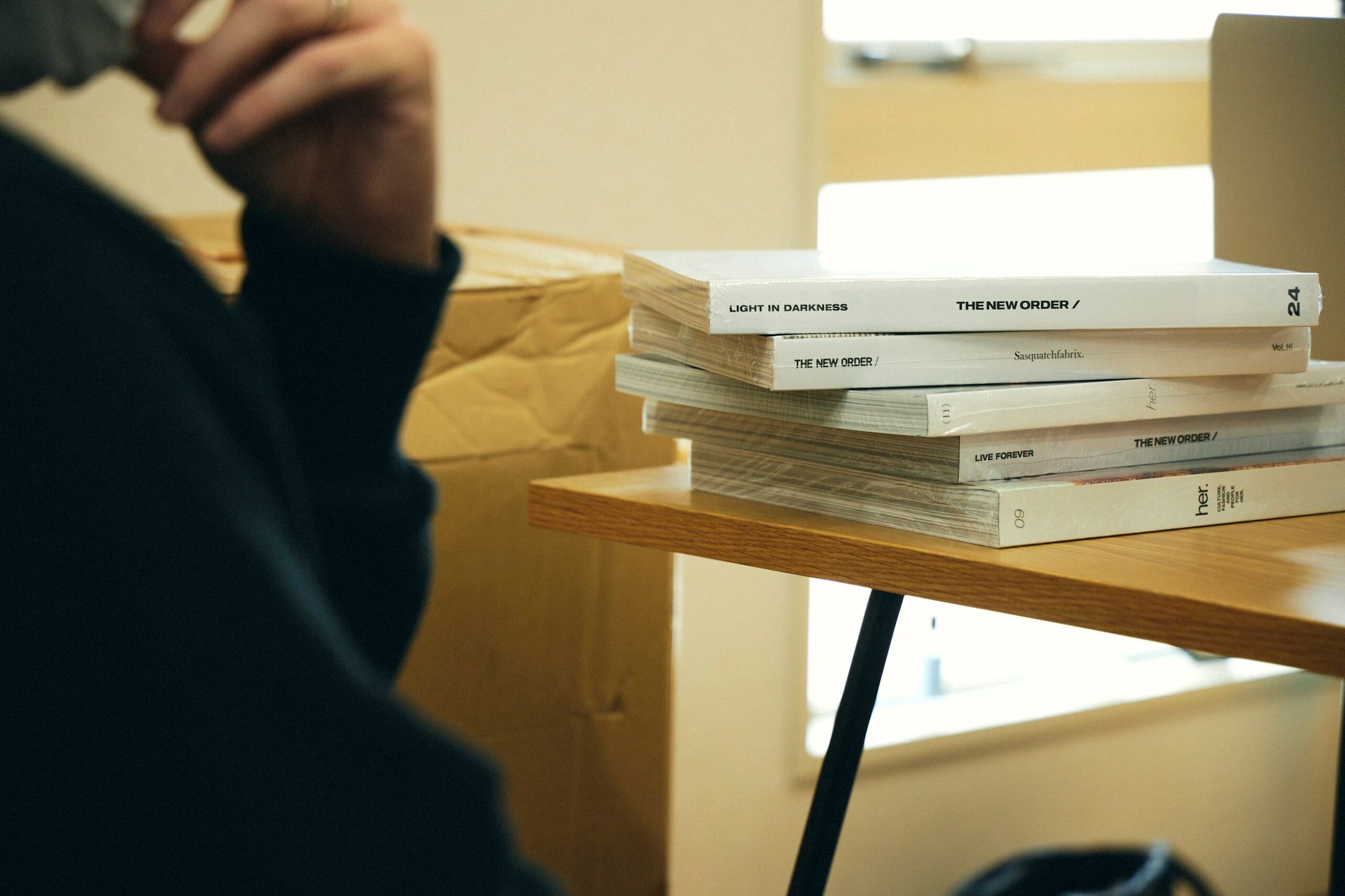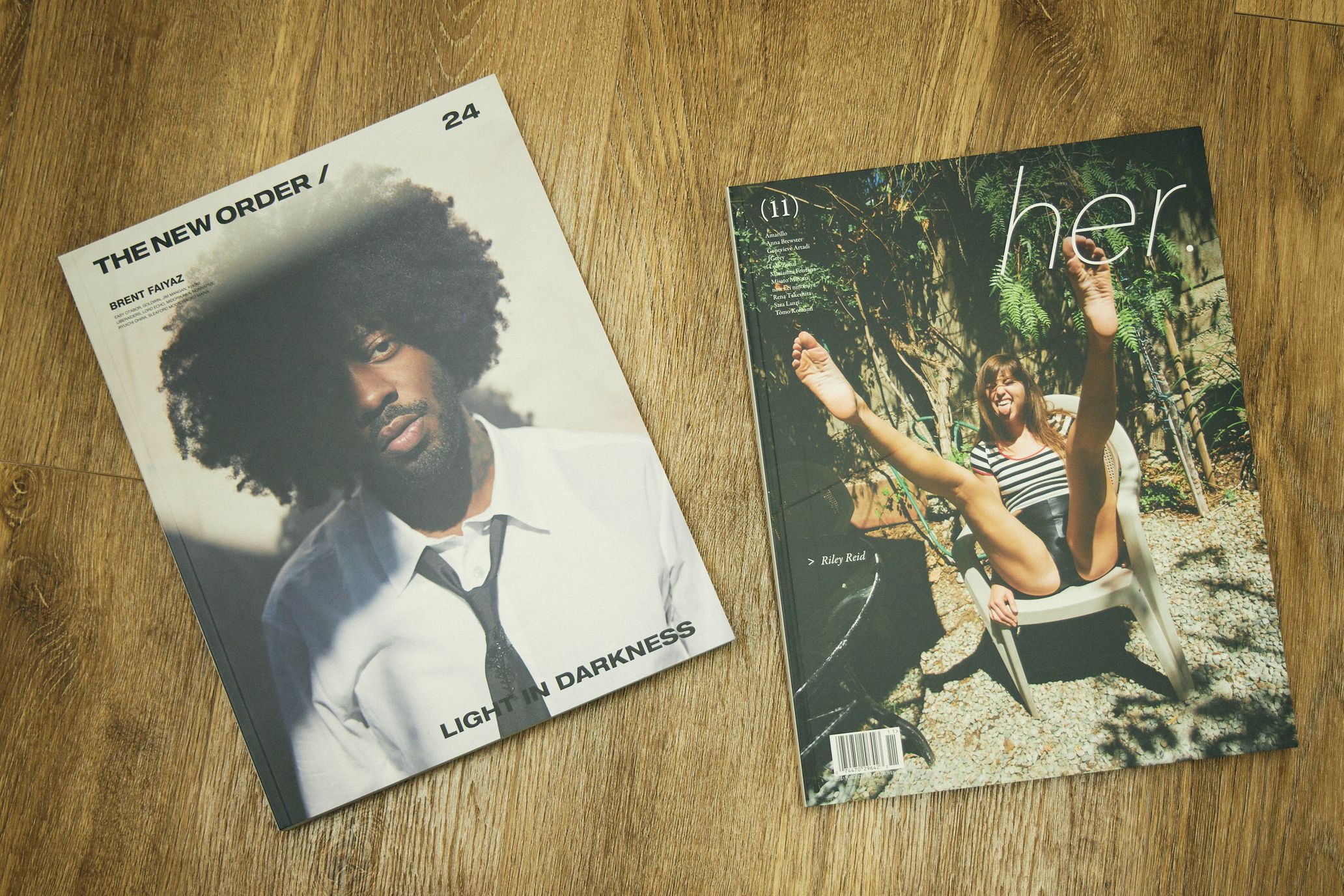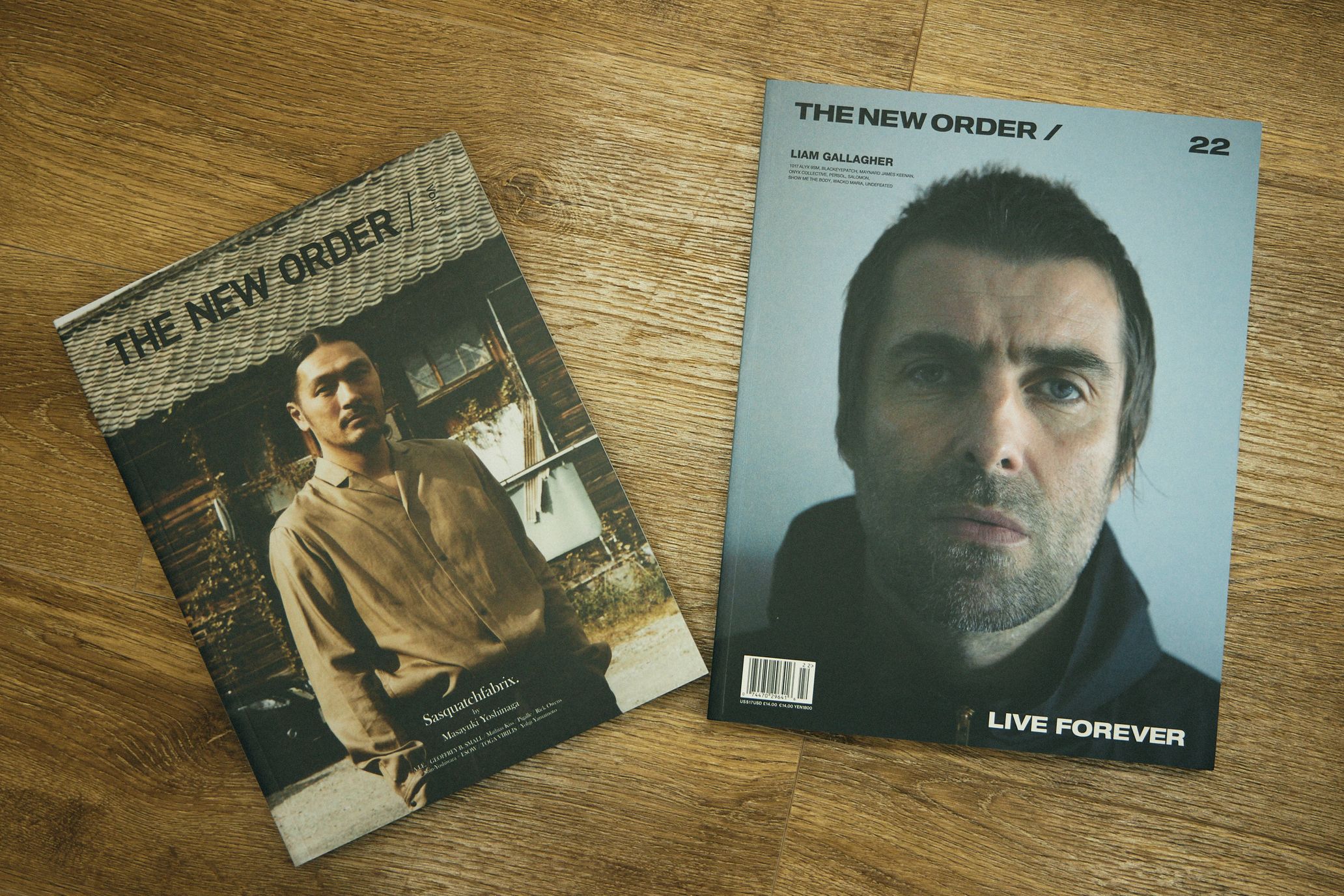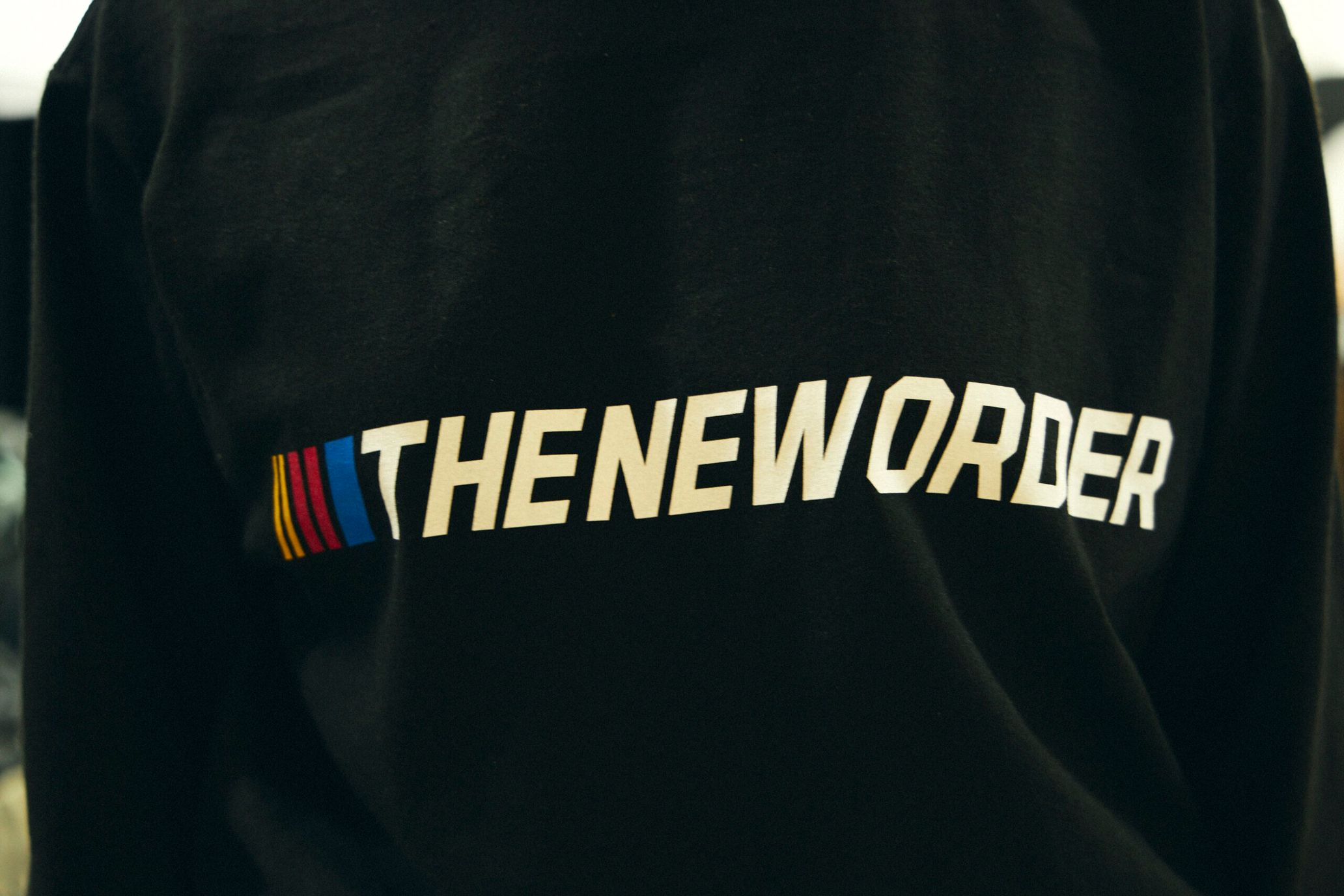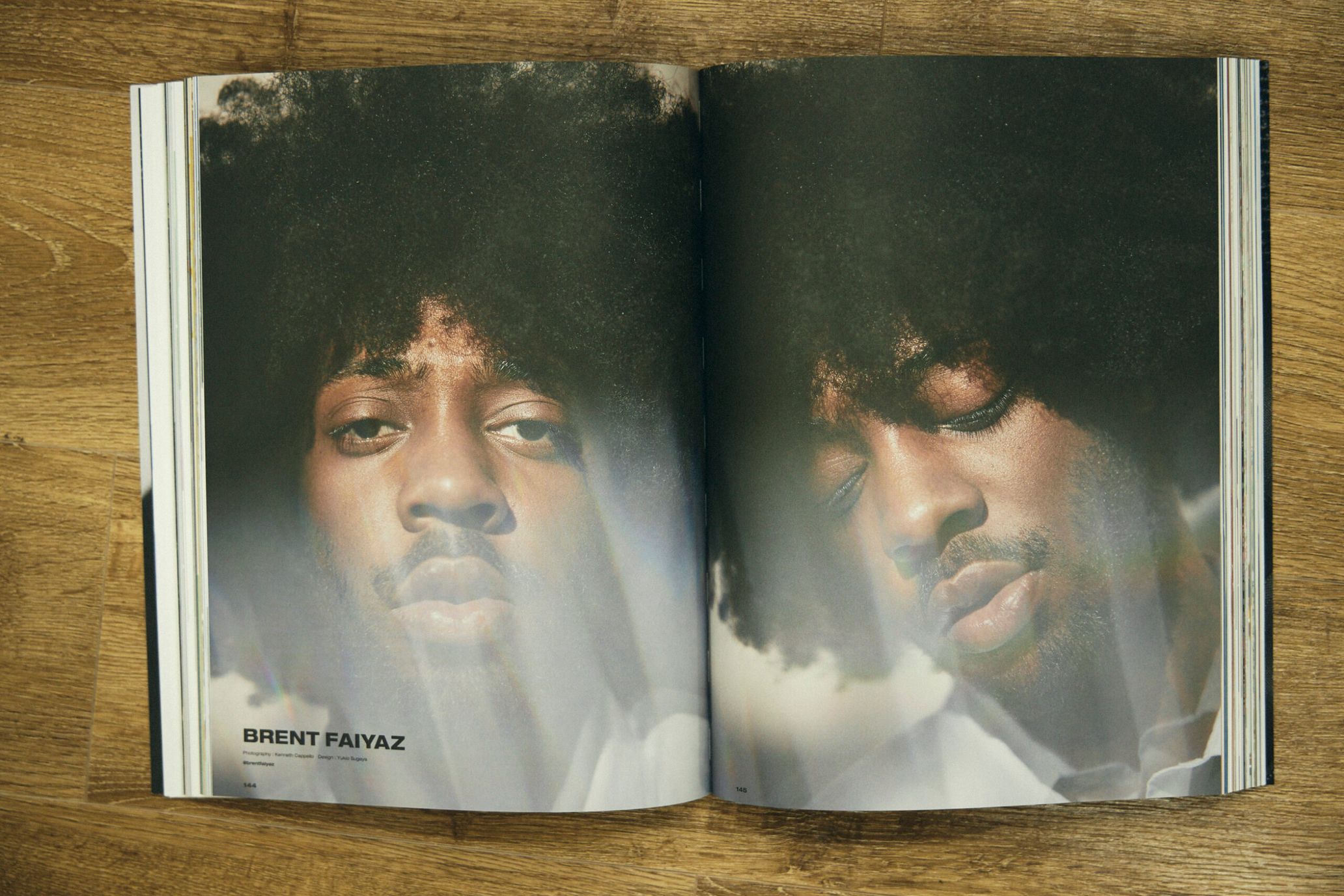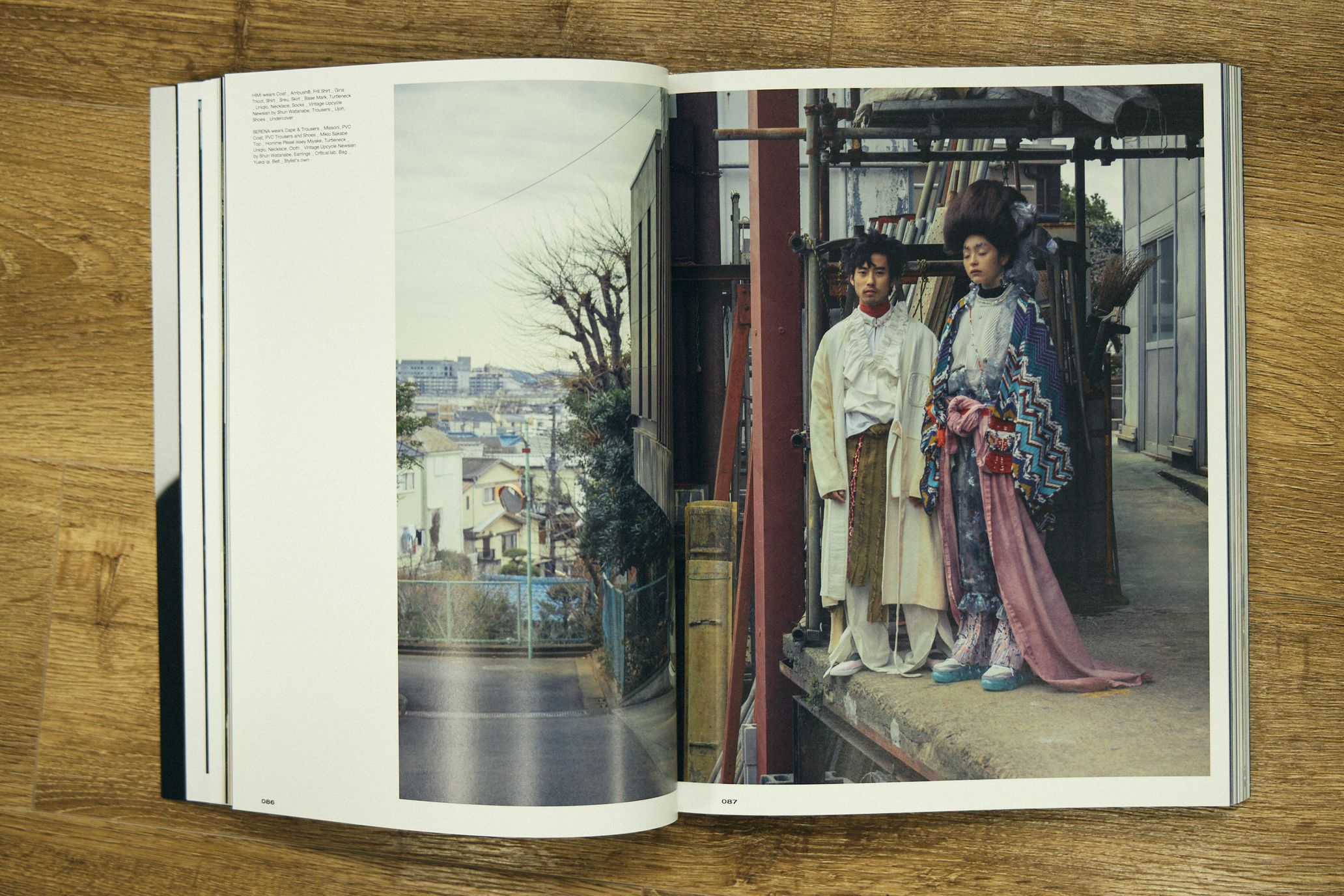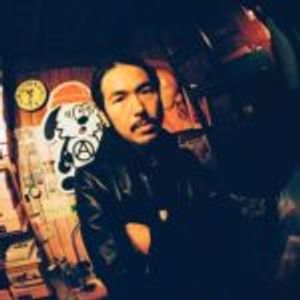Fashion and culture magazine THE NEW ORDER first launched in 2009. Today, 25 issues of the magazine have been sold all over the world, and it can be found stacked on the bookshelves of fashion and culture lovers. Japan-based James Oliver is the magazine’s editor-in-chief. Born in New Zealand, he has a unique background as a former professional soccer player.
A multi-talented editor, James does his own interviews and photoshoots, and in 2015, he started the female version of THE NEW ORDER (though it does not designate itself as such), her., which has released 12 volumes to date. What the two magazines have in common is their creator’s meticulous work and passion for print media. James’ perspective is present on every page, and each project featured in the magazine incorporates the sensibilities of the editors, photographers, stylists, and writers.
Not a single project caters to an advertising client, nor does a single page alienate its readers. With words from James, I’d like to explore the workings of independent magazines THE NEW ORDER and her.
After working on an online platform, James came to Japan wanting to make a magazine
“I published the first issue in March of 2009. I decided to make the magazine in January, so we quickly put it together and published it. But looking back on it now, it wasn’t that difficult. My brother and I began creating content, though we had no idea how to do it. So in any case, we started out by interviewing and shooting fashion brands and artists, gathering the articles, and publishing that.” (James Oliver)
The magazine editing process was one of trial and error, and according to James, THE NEW ORDER started out “a bit sloppy at first (laughs).” But this wasn’t his first experience as an editor; before THE NEW ORDER, he worked on the online resource SLAMXHYPE. First, let’s look back at what led him to this point.
James initially became interested in fashion and culture media at an early age. As a kid, he enjoyed both magazines and soccer, and from around age 15, his interests expanded to include music and other subcultures. “I used to buy THE FACE and i-D a lot. My mom already threw out the back issues [that were at my parent’s house in New Zealand] though (laughs).” As a student, James also skateboarded and liked streetwear brands such as Supreme and BAPE®. Once he became a professional soccer player at age 18, he began to introduce high-fashion brands such as Maison Margiela, Raf Simons, and Helmut Lang to his wardrobe. After several years as an athlete, he suffered an injury and could no longer be out on the field. That’s when he started the online street culture resource SLAMXHYPE with his brother. He continued managing the platform, gradually growing his clientele.
“As I kept at it, I began to find media work more and more interesting. I’ve always loved fashion, so I started wanting to go to Japan, a place with a rich fashion culture. I had no idea if I’d actually be able to work in fashion, and I couldn’t speak Japanese, but I just wanted to try it anyway. That was around 2007. I started to seriously consider making a physical magazine rather than an online one.” (James)
Thus, he released the first issue in 2009, after his arrival in Japan. His older brother would later leave the magazine due to differences in their approach to editing, and James was left to run THE NEW ORDER on his own.
“I started asking brands and artists to co-create content rather than just asking them for interviews. In the process, I wanted to build a proper relationship rather than just interviewing them however I wanted and publishing that.” (James)
On building strong relationships that are reflected in the content creation
Every person listed as a magazine contributor is key to building these relationships. The photographers and stylists involved in the production of THE NEW ORDER and her. are all well-known creatives at the forefront of fashion and culture. So, how exactly did James go about building relationships with them?
“At first, I didn’t know a lot about Japanese creatives, but I found them by looking at brand lookbooks and checking the staff credits. That’s how I learned names, but the relationships just seemed to come before I knew it…My circle grew through friends. For example, Ian Astbury (frontman of The Cult) agreed to be on the cover of the first issue, and that came about because of a connection through Shawn Mortensen (a photographer/photojournalist who passed away in 2009). Shawn was an old friend of mine. So, when I was creating content, I had the photographer take the lead, and from there, my circle grew to include stylists and hair & makeup artists. These days, the stylists come first a lot of the time. I talk to them about what kind of thing I want to shoot, and then we talk about who we’ll work with.” (James)
These days, it seems that many photographers and stylists approach James for collaborations. While he says he can’t respond to every request, it shows how influential THE NEW ORDER and her. continue to be. The covers of both magazines are graced by big names who aren’t usually seen in the media. On top of that, both magazines are particularly good at being the first to feature people who are going to become stars.
“The connections with the artists and creatives who agree to be on the cover come about in so many different ways. A lot of the time, a photographer or stylist that I’m good friends with refers or connects me to someone. For example, Billie Eilish (Vol. 07 of her., 2018) came about because the photographer, Kenneth Cappello, wanted to shoot her. At the time, Billie wasn’t as famous as she is today, and Kenneth wanted to put her on the cover around then. With Aimyon (Vol. 09 of her., 2019), I talked to stylist Masataka Hattori. Regarding Sean Pablo (Issue 21 of THE NEW ORDER, 2019), I talked to the photographer/videographer William Strobeck. Of course, there are a lot of times when I reach out to someone who I’ve personally had my eye on, and there are also times when I decide based on the content of the magazine. Yokoyama (Yokoyama Daisuke, designer of SASQUATCHFABRIX., who was featured in Issue 16 of THE NEW ORDER, 2017) is a drinking buddy of mine, and Hiroshi Fujiwara I had known for some time (Issue 11 of THE NEW ORDER, 2014. The other cover of issue 11 featured John Mayer, I have known him since I was back in New Zealand, we have been friends for more than 15 years now. With Liam Gallagher (Issue 22 of THE NEW ORDER, 2020), I got an offer from his record label, and they asked, “How about during his US tour?”, so I went to LA to shoot him. We were able to make it happen because I had a longstanding relationship with the record label, and the timing happened to be just right. The timing and the situation influence who is picked to be on the cover. It’s not like there’s a fixed way of doing it.” (James)
There must still be a demand for print media—what’s important is whether the content is something people want on paper.
To this day, James continues his work as the editor-in-chief while living in Japan. According to him, the reason he’s continued making magazines here is that he can dig into the deeper parts of fashion culture that one can’t find unless they’re in Japan. He says that’s particularly true of music.
“Japanese artists sing in Japanese, so if you live overseas, you don’t have many opportunities to experience the music coming out of Japan on a deeper level. I think that unless you live here, you don’t get to know the culture.” (James)
Still, print media faces a challenging climate these days. With the rise of the web and social media, it’s not uncommon for people to question the raison d’etre of fashion and culture magazines in particular. In fact, in Japan, a number of influential magazines have disappeared over the past few years. What does James think about the current state of print media?
“Even though I am the only full-time staff I am forever grateful for the long list of contributors. That as well as I have other work that allows me to survive. I think there is and will be a demand for it. Even I’ve been surprised at how many of both magazines have sold online. I think what’s important is whether the content you’re publishing is something people want in print form. If it’s the kind of book that people want to keep on their bookshelves rather than thrown away, I think there will continue to be plenty of people who want printed magazine.” (James)
THE NEW ORDER and her. have websites, and they share content online too. James doesn’t run the web version by himself, but with his partner. They link parts of the web to the magazine, and when video content is necessary, they use the web as a platform. Both are made with the same branding and worldview, but they don’t exactly proclaim any one magazine concept. If anything, it’s like James Oliver’s lifestyle is equivalent to the concept behind THE NEW ORDER and her.
With a smile, James says of his decision to continue making magazines: “Making print media is incredibly fascinating. I get to meet people I’ve wanted to meet and work with creatives who I want to create content with. It’s fun to be able to meet people, talk to them, and do photoshoots that way. Online [media] is important too, but I like making magazines.”
Whether the content needs to be on paper or not. That is the question.
People want to keep THE NEW ORDER and her. around precisely because they print their content on paper. Because the magazines convey the appeal of print media to their readers, there are still people who will get the magazines, despite the crisis that the industry faces today. When I consider that fact while reading both magazines, I realize that James creates things that make people go, “Ah, I get it.” When you read THE NEW ORDER or her., if you’re a fashion or culture lover, you may want to consider what kind of thinking and content is needed in print media. By doing that, you’ll be able to get a more tangible idea of what’s important to people in the modern day.
James Oliver
James Oliver is the founder of THE NEW ORDER and her. He is a photographer and creative director who also edits, writes, and shoots. Born in New Zealand, he’s been living in Tokyo for about 14 years.
http://thenewordermag.com
http://www.her-magazine.com
Instagram:@jamesoliver_tno
Photography Rintaro Ishige
Translation Aya Apton


